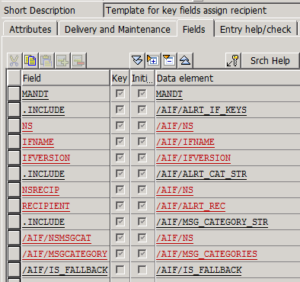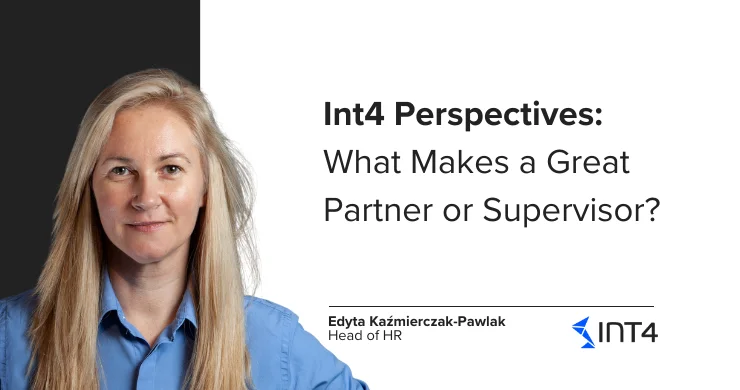Michal’s Tips: AIF – alert recipient based on error message class and message ID
SAP AIF alerts creation
When integration related error handling needs to be solved quickly we need to make sure correct users are getting notified. When AIF is correctly implemented (with a clear guidelines on what kind of integration patterns should be done in SAP PO and what needs to be done in SAP AIF) we already have the first level of speeding up the error handling as technical users don’t receive any alerts from SAP AIF since they go directly to the business users. Sometimes however it’s not enough to send all SAP AIF alerts even from a single interface to a single specific person or group as a single IDOC can have many times of errors like master data, SD customizing, MM customizing, FI related. With SP04 for SAP AIF SAP has came up to the rescue in such cases. We can now create AIF alerts for different support groups and assign only specific error messages to each of them.
Solution step by step
Steps required for setting up this new functionality will require creating a new, custom alert category which will be used to receive the alerts by e-mail, creating a new recipient assignment table, creating a new message category (which in this case will hold all sales module related errors), assigning error message classes and error message IDs to the message category, populating recipient assignment table and assining the configuration in AIF customizing.
Step 1
Create a new alert category of type SAP Application Interface Framework with transaction ALRTCATDEF and populate it with some text which will help the business users to understand which message is the one they should be looking similarly as per figure below.
Step 2
Next step is to create a new recipient assignment table by copying the template table /AIF/RECA_TMPL which will store the assignments created in further steps.
Step 3
Transaction /AIF/MSG_CAT_DEF allows us to create a new message category like SALES_ERRORS which will be later assigned to the AIF recipient.
Step 4
Transaction /AIF/MSG_CAT_ASGN is used to assign all message classes and respective message numbers to the AIF message category created in the previous step as shown in figure below.
Step 5
As the next customizing step we need to create a new alert customizing where we will assign the recipient assignment table and custom alert category. This step can be done using the following menu: /AIF/CUST -> Error Handling -> Define Namespace-Specific Features -> Configure Alerts
Step 6
We also need to create as many recipients as different teams which will be receiving the alerts as shown in the figure below.
Step 7
As the last customizing activity we can populate the recipient assignment table with interface related info, message category and recipient who will receive all alerts from a specified message category as shown in figure below.
Result
As a result each time your interface will encouter any of the errors specified in step 4 an recipient of type specified in step 6 will be triggred and the users assigned to this recipient will receive an e-mail customized in step 1.
Further information:
SAP page about this configuration: help.sap.com
Michał Krawczyk – SAP integration consultant since 2004. He has been recognized by SAP included becoming an SAP Mentor in 2007 and winning the top contributor/topic leader award from SDN (SAP Developer Network portal) in SAP PO/PI eight times. Michal is the author many SAP integration related books.
Popular tags
ABAP int4 INT4 IFTT Int4Interview S/4HANA SAP AIF SAP CPI sap integration









